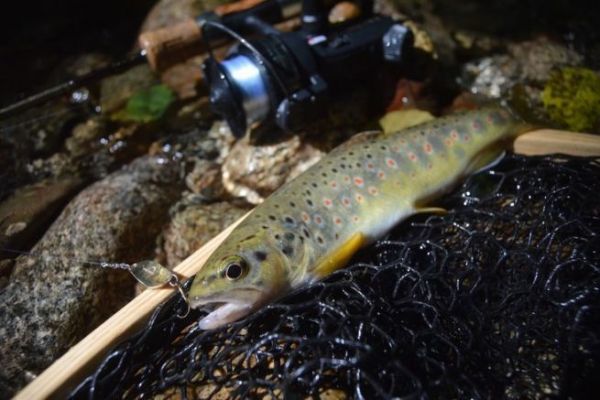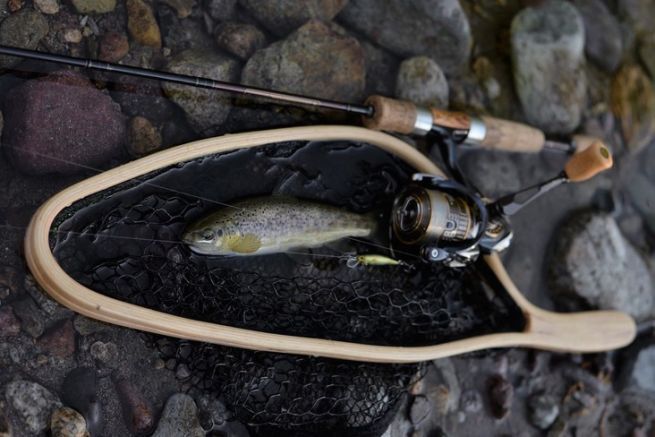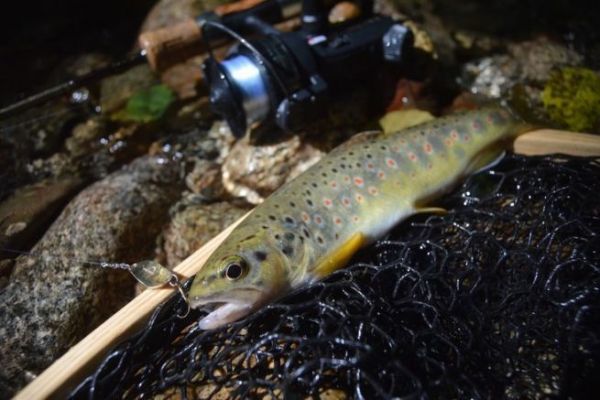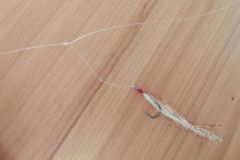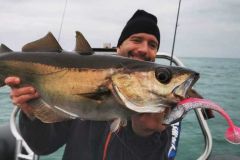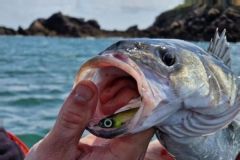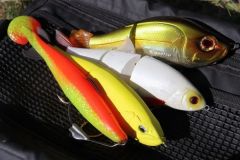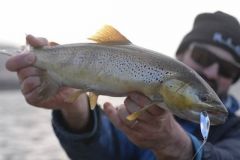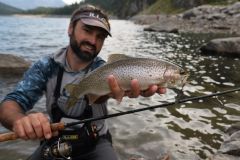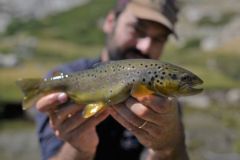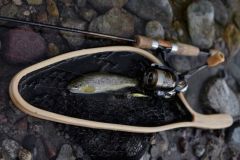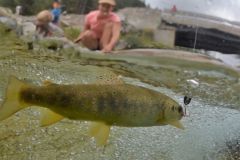The right lures: small and dense
As we've already mentioned, lures used for stream fishing have to comply with a fairly complete set of specifications! Ultra-light lures are hard or metal lures.
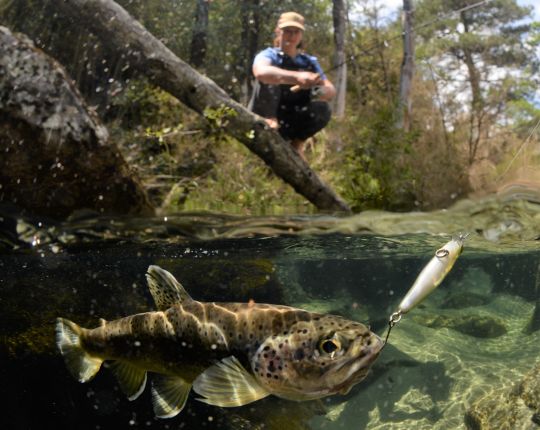
Lures should be small to target relatively small salmonids (less than 5 cm), dense (heavier than water and sinking) so that they can be cast easily and accurately even when there's little room to cast. The main casts will be crossbow or pendulum casts, under the rod. In addition, this high density enables them to escape the force of the current and sink to reach the depths where trout are thought to be held. They also need to be mobile, swimming into action at the slightest prompting from the angler.
In the kingdom of the palette
The spinning spoon is the perfect answer to all constraints. It's a lure that's emblematic of this type of fishing and particularly well suited to it. What's more, it has other advantages. Its low price means there's no hesitation (or less...) in attempting difficult casts where the risks of snagging and loss are high... Its sturdiness also makes it interesting in those very mineral streams (with numerous boulders) where lures can hit, bump and rub into the rocks... Sizes n°00 to 2 are ideal.
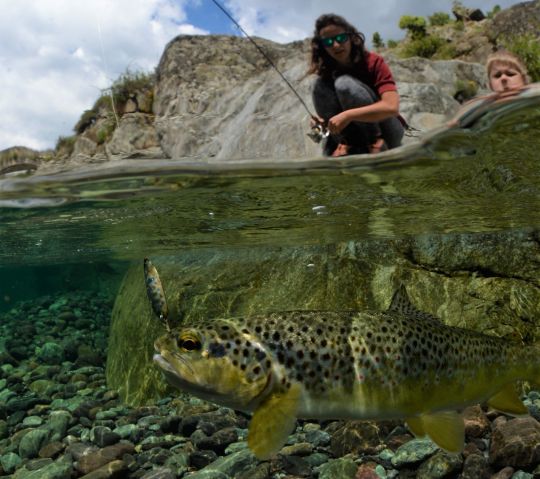
Another often-forgotten but older metal lure: wobbling spoons. They too meet the specifications and offer just as many advantages as the spinning spoon. They have the advantage of being able to be reeled in line as well as in twitch. From 2 to 7 grams, you'll be able to fish all water layers and at several retrieve speeds.
Micro spinnerbaits are also ideal for trout fishing. They have the added advantage of fishing from the lure's descent phase, with the blade turning at the slightest touch.
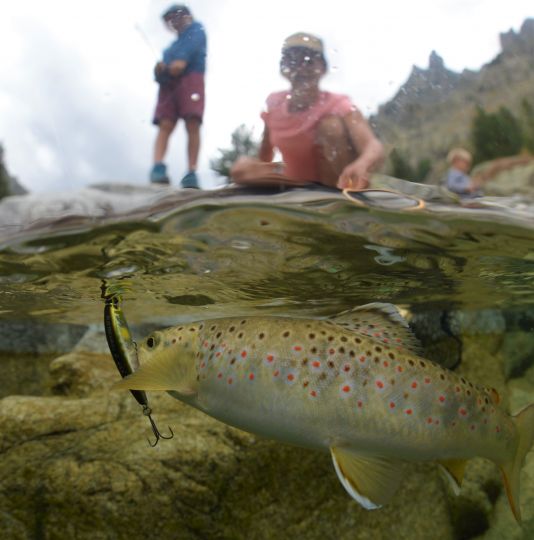
Finally, there are the small sinking swimming fish. They are very imitative and very good as a complement to metal lures, notably thanks to their lively and nervous twitch and jerk animations which are a card not to be overlooked. Small, dense minnows under 5 cm are perfect for this exercise.

 /
/ 